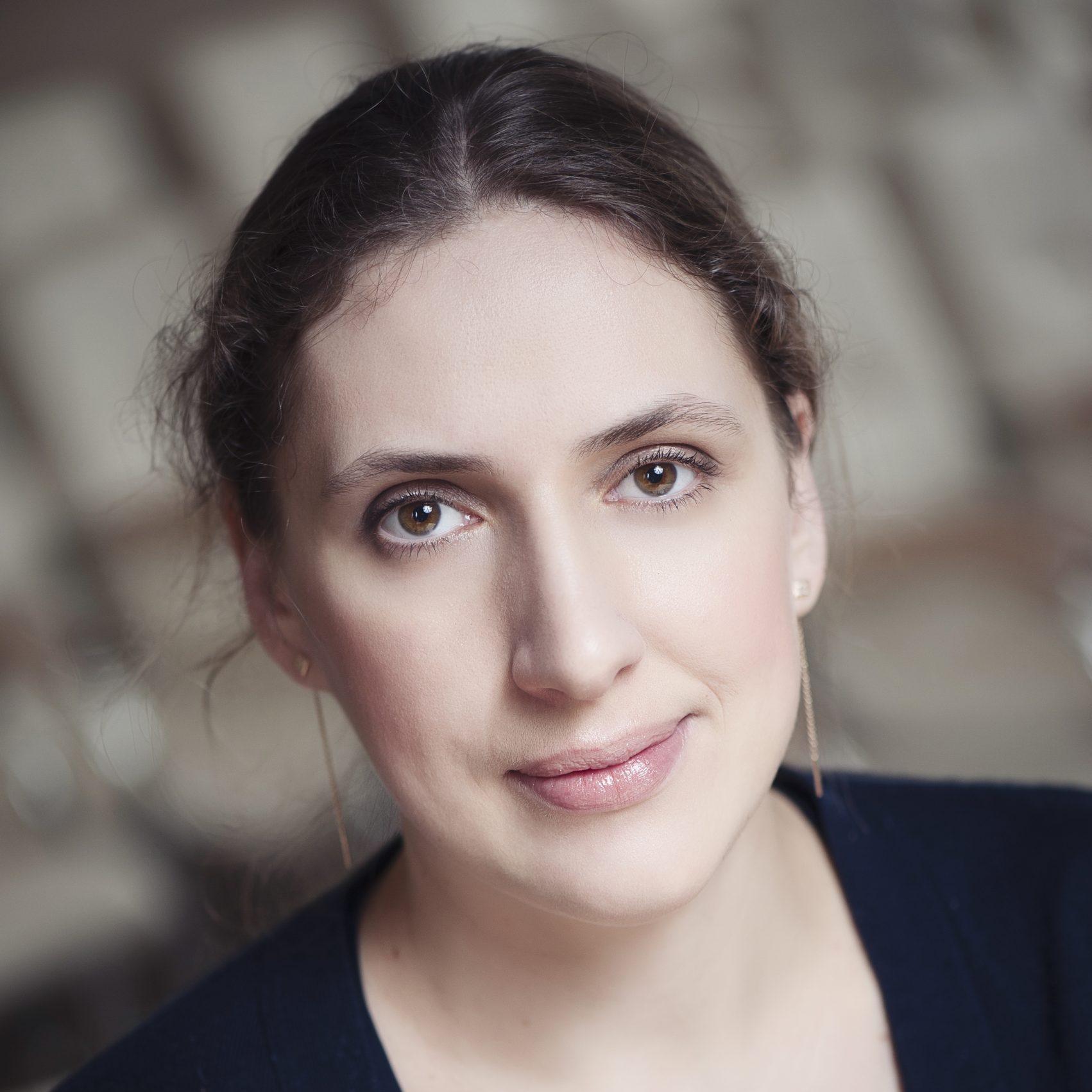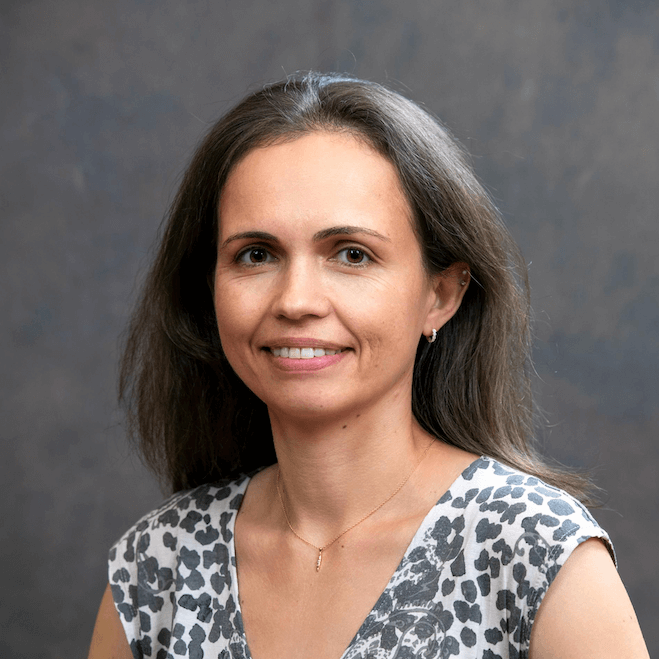The full-scale Russian invasion of Ukraine in 2022 has brought a sobering realization that, even 30 years after the fall of the Soviet Union, Russia continues to be a brutal empire. At the same time, after expecting Kyiv to fall in three days, the world has been amazed by the Ukrainian resistance and resilience. How could the international community be so wrong about Russia and Ukraine? We argue that these failures can stem from the ways Russia, Ukraine, and the rest of Eastern Europe are studied in the West and call for a major review of both the quantity and quality of ‘Slavic’ studies.
As the first step, we collected data on course offerings in 2021/22 and 2022/23 academic years in top 13 private and public US universities. We focused on courses in Eastern European, Russian and Eurasian studies (including Soviet and Post-Soviet). We selected only the courses offered by undergraduate programs (since they cover many more students than graduate courses) and only those that were actually scheduled (i.e., a sufficient number of students signed up for those courses). To compute aggregate statistics, we classified the courses into five subject areas (language, literature, culture, history, and politics) and several groups over time and space, e.g. Soviet and post-Soviet, Eastern European, Ukrainian, Polish, Baltic, etc. Then we calculated the number of offered courses over the last two academic years and examined the share of courses devoted only to Russia, to Russia and other countries, and to Ukraine.
Figure 1 conveys the gist of our findings. 82% of ‘Slavic’ literature courses are in fact Russian literature courses (the share is even higher if we include Soviet and post-Soviet writings). We understand that Russia is a big country but it does not account for over 82% of people or literature in Eastern Europe. In other areas the situation is better but still Russia dominates. For example, just over a third of courses in history focus solely on Russia but if we count courses that cover Russia together with other countries (e.g. Russia & Eastern Europe – orange bars in Figure 1), the Russian hegemony is apparent again. In fact, some courses effectively treat the USSR as Russia (e.g. “Russia: History of the Soviet Union”). Furthermore, some courses are completely in line with Russian historical narratives including both East Slavs and USSR into ’Russian’ history (although some Eastern European and Central Asian nations were occupied by Russia, their histories are quite distinct from Russia’s).
Figure 1. Share of “Russia” courses in ‘Slavic’ studies departments of 13 major US universities, by subject
Notes: “other” category includes additional time/space combination (e.g. Russia & Europe) and individual countries (Poland, Czechia etc.). We classify courses according to their names and descriptions (e.g. ‘Russian language’ or ‘Russian history’ courses belong to the ‘Russia’ category, as well as courses named ‘Tolstoy’ or ‘Dostoevsky’ novels)
These statistics are not driven by a particular university or a group of universities. Figure 2 documents that these patterns apply broadly. For example, although the share of Russian literature ranges from a whopping 100% in Cornell University to a “modest” 52% in the University of Chicago, the median share is close to 90%.
Figure 2. Share of “Russia” courses by category and university
Note: bars represent the percentages of “Russia” courses in a specific category. For example, 56% of “Culture” courses and 92% of “Literature” courses in Harvard are devoted solely to Russian culture and literature respectively.
Every classification is subject to judgment calls, and we tried to have the Russian share identified as unambiguously as possible to get conservative estimates. However, it is informative to examine courses that are related to Russia and group Russia with other countries. To this end, Figure 3 shows that these courses further boost Russian dominance in all fields except literature, which is already nearly maxed out on Russia.
Figure 3. Share of courses that touch upon Russia (e.g. refer to “Eastern Europe & Russia”, Soviet or post-Soviet space, Europe and Russia, or Ukraine & Russia)
Note: percentages in “language” courses are low because such course offerings usually cover individual languages rather than “Eastern European” or “Slavic” languages.
Furthermore, when diving deeper into course descriptions, we see that Russian studies appropriated contributions of nations subjugated by Russia. For example, Gogol is studied as a Russian author, although he considered himself Ukrainian (Gogol wrote in Russian but recall that Oscar Wilde identified as Irish despite writing in English). Medieval Rus is classified as Russian history, although it is a part of Ukrainian, Lithuanian and Polish history and was at war with Moscovia for hundreds of years. To appreciate how absurd this treatment is, imagine treating the history of Britain as part of French history just because the Normans invaded Britain. One “Russian literature” course covers Isaac Babel (a Jewish author from Odesa), Svitlana Aleksiyevich (a Belarussian author), and Andriy Kurkov (a Ukrainian author from Kharkiv). We believe Mr. Kurkov would be very surprised to learn that US universities label him as a Russian author while the Russians destroy his city.
For comparison, Figure 4 reports Ukrainian course shares. The figure is largely populated by zeros. That is, Ukraine effectively does not exist in academic instruction. Furthermore, these positive shares overstate the presence of Ukraine in the curriculum because the data are aggregated for two academic years and in the 2022/23 academic year universities started to offer more Ukraine-related courses (Table 1), with special kudos to the University of Michigan that introduced the “Let Ukraine speak” course. Ironically, although more courses on Ukraine were offered in 2022/23 than in 2021/22, more courses on Russia were offered too. Perhaps the thinking was “if we study Ukraine more, let’s study Russia more too to be fair”. But this bothsidesism makes things less balanced.
Figure 4. Share of “Ukraine” courses offered by category
Note: one course in Ukrainian literature was offered in Harvard and two in Princeton in Spring 2023 but these courses were not scheduled - probably there was insufficient demand.
Table 1. Number of courses offered in 2021/22 and 2022/23 academic years
| Region/ time | Culture | History | Language | Literature | Politics | |||||
| 2021/ 22 | 2022/ 23 | 2021/ 22 | 2022/ 23 | 2021/ 22 | 2022/ 23 | 2021/ 22 | 2022/ 23 | 2021/ 22 | 2022/ 23 | |
| Ukraine | 2 | 10 ⇑ | 0 | 8 ⇑ | 22 | 37 ⇑ | - | - | 0 | 3 ⇑ |
| Ukraine & Russia | 0 | 1 ⇑ | 0 | 4 ⇑ | - | - | 0 | 1 ⇑ | - | - |
| Russia | 36 | 34 ⇓ | 16 | 27 ⇑ | 162 | 174 ⇑ | 78 | 94 ⇑ | 10 | 12 ⇑ |
| Eastern Europe | 15 | 25 ⇑ | 12 | 17 ⇑ | 4 | 2 ⇓ | 7 | 5 ⇓ | 3 | 2 ⇓ |
| Eastern Europe & Russia | 6 | 11 ⇑ | 0 | 1 ⇑ | 0 | 2 ⇑ | 0 | 4 ⇑ | 0 | 4 ⇑ |
| Soviet & post-Soviet | 6 | 7 ⇑ | 4 | 10 ⇑ | - | - | 3 | 0 ⇓ | - | - |
Note: the data for tables and figures are available from the authors upon request
We are not going to debate whether Aleksandr Pushkin is better than Lesya Ukrainka or Adam Mickiewicz but the statistics clearly document a disproportionate focus on Russia. Is this Moscow-centric view a problem? We believe it is.
The current approach makes generations of US students largely unaware of non-Russia in Eastern Europe. As a result, Samuel Charap and other Ukrainian “experts”, who are often graduates of Russian studies, predict the fall of Ukraine and interpret Ukraine through a Russian lens. The same applies to the media coverage of Ukraine. For example, New York Times admits that Andrew Kramer, the chief of the newly established New York Times bureau in Kyiv and another student of Russian in college, “... for years … was the primary reporter covering Ukraine from his perch in the Moscow bureau.” The infamous Chicken Kiev speech of President George H.W. Bush (the speech was written by Condoleeza Rice, another student of Russian at Moscow State University) epitomizes the gross misunderstanding of Ukraine. How can one get Ukraine right without speaking Ukrainian, knowing Ukrainian history, or being in Ukraine? The lack of Ukrainian expertise and training has led to colossal mistakes.
We appreciate that academia can hardly turn on a dime and that by now thousands of professors have invested much of their time into learning Russian language and culture. But the case for a more balanced approach to Slavic studies is patently obvious. More resources should be directed to Ukrainian, Polish, Bulgarian, Czech, Slovakian and other courses, especially in literature. How much money is needed? In his speech at the Ukrainian security forum, Dr. Michael McFaul said that he needs a few million dollars to increase the number of Ukrainian studies courses at Stanford. With Stanford’s $8.6 billion budget and $36 billion endowment, the required funding is a matter of priorities rather than financial constraints.
In summary, knowledge is power. This includes the power to prevent wars by knowing who is capable of what, what to expect, and what is at stake. On the other hand, the price of ignorance is the largest land war in Europe since World War II. We can’t help thinking that proper resources committed to Ukrainian and genuine Eastern European rather than Russia-centric studies in the previous years could have saved many lives and billions of dollars invested by the Western governments into supporting Ukraine today, during the full-scale war. This tragic war should spur universities to revamp their Eastern European curricula, give their students a better education, and hopefully make the world a safer place.
Attention
The authors do not work for, consult to, own shares in or receive funding from any company or organization that would benefit from this article, and have no relevant affiliations





